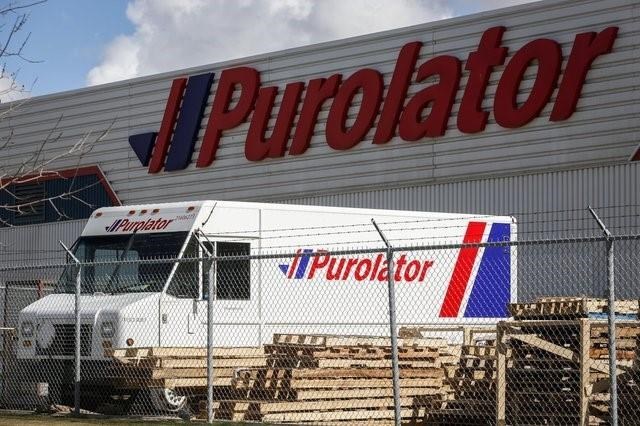Purolator Inc. is building up capacity at its more remote distribution centers in response to rising demand from consumers who have fled the city in search of more space amid the pandemic.
The investment, which includes technology upgrades and physical expansions, highlights the changes that COVID-19 and the increasing prevalence of remote work has brought to residential and commercial patterns across Canada.
“Early on we were thinking, ‘What’s happening here?’” Purolator president and CEO John Ferguson said in an interview. “And what we found was people were working from their cottages or summer homes, or they were simply moving into the country and working remotely.”
The areas where Purolator has seen particular spikes in demand include popular country retreats for city residents, like the Laurentian Mountains in Quebec and the Owen Sound region in Ontario, Ferguson said. Purolator has also seen a rise in shipments to northern Alberta and Vancouver Island, Ferguson said.
The company saw a year-over-year increase of more than 65 per cent for shipments going to remote locations in 2020. A spokeswoman for Purolator didn't specify how much money the company had budgeted for the upgrades to its terminals.
The investments can be reduced in case demand goes down once the pandemic subsides and people return to cities, Ferguson said. Still, the shipping company believes the trend will continue in some form even after the widespread rollout of the COVID-19 vaccine.
The figures from Purolator reflect other trends brought on by the surge in remote work, including increased home sales and rising real estate prices in those regions. In Grey and Bruce counties, around Owen Sound, Ont., for example, the average home price increased 23 per cent in 2020, the Realtors Association of Grey Bruce Owen Sound said in January.
Ian Mackay, president of the Vancouver Island Real Estate Board, said the region has recently seen an influx of people from major urban centres, but added that it was too early to tell how many of them were drawn to the area because of the pandemic.
Both the commercial and residential real-estate markets in the area have been strong since July, Mackay said, a trend that surprised local realtors, who expected weak demand after the initial economic shock of COVID-19.
Still, Canadians have been moving out of urban centres and into more suburban and rural areas for years now, said James McKellar, a professor at York University's Schulich School of Business, who studies real estate and infrastructure development.
"I think we can say that there's evidence that COVID has accelerated a trend," McKellar said. "What we've seen is job growth in some of these more remote communities," such as Collingwood, Ont.
Infrastructure investments in remote areas, such as more efficient package delivery services, can make the prospect of moving to those regions more appealing because of the added convenience, McKellar said.
With people stuck at home, Purolator has overseen an increase in heavy shipments like kayaks and gym equipment, creating separate facilities to process those packages. Other large items that have seen major spikes in shipping are patio heaters, materials for home improvement projects and paddle boards, continuing a trend that started early in the pandemic, Ferguson said.
“People are ordering a wider range of goods to their homes than would traditionally happen,” Ferguson said.
This year, for the first time, Purolator isn’t culling staff after the usual holiday increase in package demand, with shipping levels still elevated amid a new round of lockdown restrictions.
The company added 3,700 employees in 2020, Ferguson said, and intends to maintain that staffing level, possibly hiring more in late summer in advance of the next holiday shopping season, which Purolator expects to be even bigger than last year’s peak.
During its 2020 peak season, from Nov. 1 to Dec. 24, Purolator processed 50 million packages, a 30 per cent increase over 2019 and 9 per cent above the company’s forecast, a spokeswoman said. Overall, delivery stops in 2020 were up 35 per cent, while residential volume was up over 76 per cent.
Purolator’s busiest day of 2020 was on Nov. 30, Cyber Monday, when the company processed 1.5 million packages. That figure was approximately 30 per cent higher than the same day in 2019, and 10 per cent higher than forecast for 2020, Purolator said.
The increase in shipments included many packages from small retail businesses that pivoted to selling online during the pandemic, Ferguson said. Purolator saw an increase of 50 per cent in new small business accounts opened during 2020.
This report by The Canadian Press was first published Feb. 24, 2021.
Jon Victor, The Canadian Press




